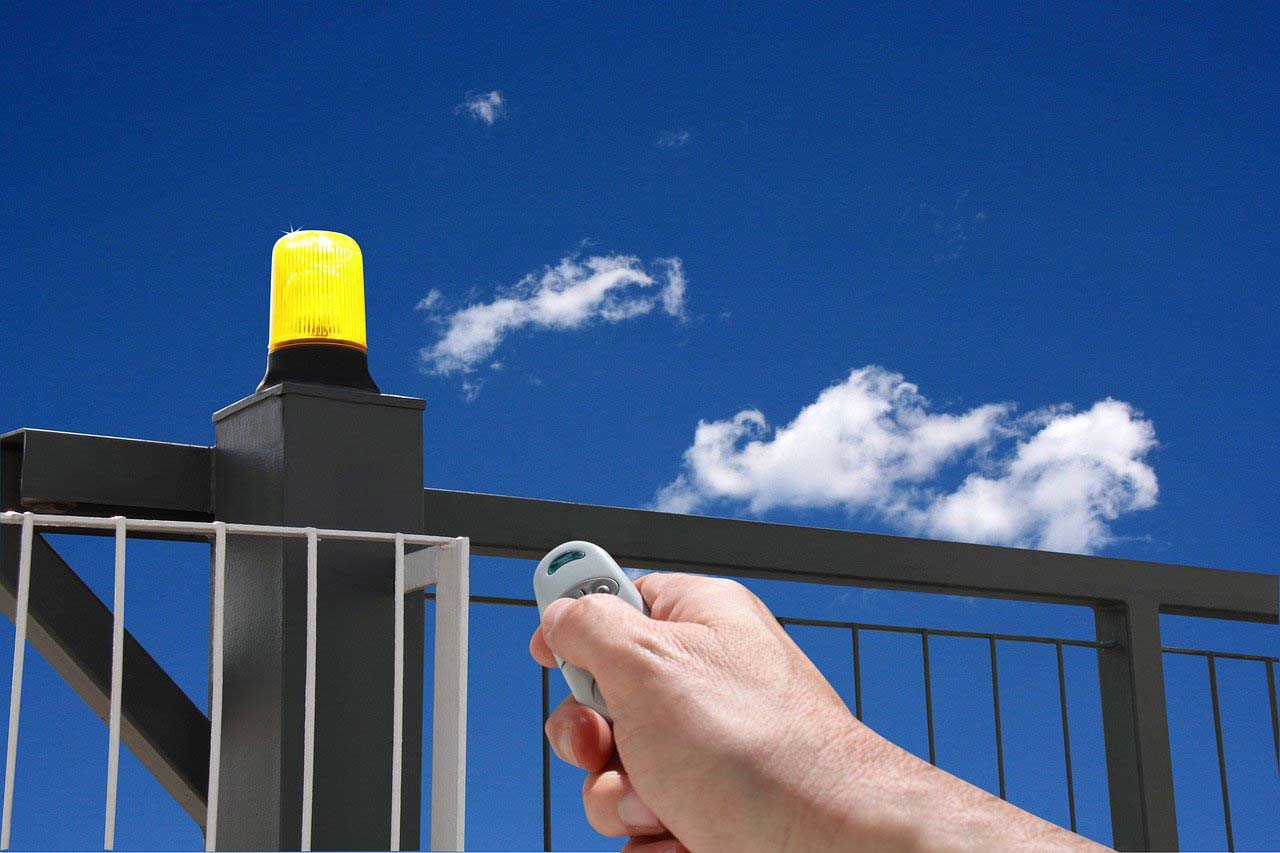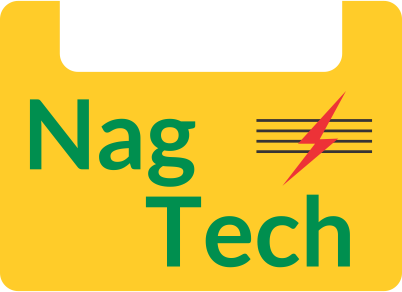From Manual Gates to Motorized / Automatic / Remote Gate Systems
Gates Automation
Gate automation has a rich history dating back centuries, evolving from simple manual gates to sophisticated motorized systems that offer enhanced security, convenience, and functionality. In this article, we’ll take a journey through time to explore the evolution of gate automation, tracing its origins, key milestones, and technological advancements that have shaped the modern landscape of automatic gates / motorized gates / remote gates.

Motorized Gates / Automatic Gates / Remote Gate Systems Evaluation
Gate automation has undergone a remarkable evolution over the centuries, from simple manual gates to sophisticated motorized systems powered by advanced technology. By tracing its historical development, we gain a deeper appreciation for the ingenuity and innovation that have shaped the modern landscape of gate automation, and we look forward to the exciting possibilities that the future holds for this essential aspect of security and access control.
Need to automate your gates? Click here to know more or FREE CONSULTATION
Early Forms of Gate Automation
Industrial Revolution and Innovations
Future Trends and Innovations:
Explore emerging trends in gate automation, such as the adoption of renewable energy sources, artificial intelligence, and Internet of Things (IoT) connectivity, which promise to further enhance the efficiency, sustainability, and security of automated gate systems.
Discuss the potential for continued innovation and technological advancements in gate automation, including advancements in materials, design, and automation techniques.
Why Motorized Gates / Automatic gates / Remote Gates?
Motorized gates / automatic gates / remote gates play a crucial role in ensuring the safety, security, and efficient operation of various public institutions, including schools, hospitals, government buildings, and other facilities. Here’s an exploration of how motorized gates are utilized in these settings to control entry and enhance security:
Remote Gates for Schools and Educational Institutions
Remote Gates for Hospitals and Healthcare Facilities
Remote Gates for Government Buildings & Offices
Remote Gates for Public Places
Motorized gates / automatic gates / remote gates play a vital role in controlling entry, managing access, and ensuring the safety and security of occupants in various public institutions. Whether in schools, hospitals, government buildings, or other facilities, motorized gates provide effective access control solutions that help protect people, assets, and information while facilitating efficient operations.
Looking for Automatic Gate: Click here
